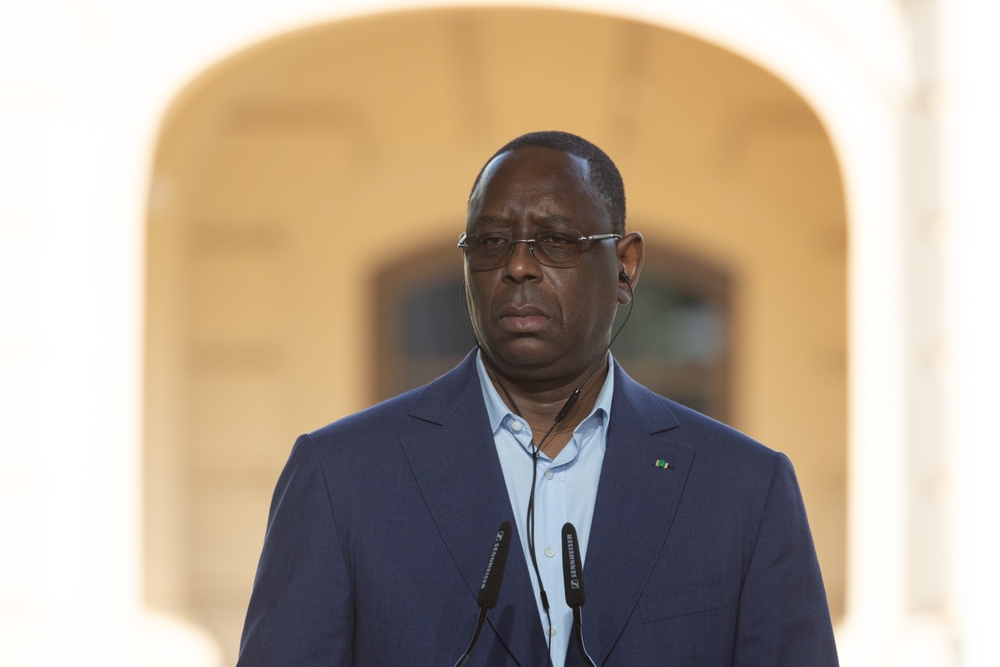Budget 2021-22 will perhaps stand out for its boldness in focusing on reforms aimed at simplifying the administrative labyrinth of India’s tax regime, enabling ease of compliance, and achieving certainty of tax position, thereby curbing litigation. This Budget is not about changes in tax slabs or bonanzas to taxpayers. Rather, this Budget is about making life simpler for taxpayers. After taking seat in 2014, the Modi Government has been persistent in its approach towards simplifying the tax regime through digitalisation and adopting measures for containing litigation. In that direction, this Budget is a concrete step.
Simplifying administration & Easing compliance
Faceless assessment and appeals have already been introduced under the Income Tax Act, 1961 (“IT Act”). While some doubts on the efficacy of digital hearings have been raised, and Constitutional challenges to various aspects of the scheme have also been mounted, the onset of the pandemic has ensured an accelerated adoption of, and adaptation to, both online filings and video-conference hearings before various fora. No doubt, this has equally been the case with the Income Tax Appellate Tribunal (“Tribunal”) during the COVID-era.
The Budget now proposes to extend faceless proceedings on a holistic basis to the Tribunal. This move will undoubtedly save on time and cost for taxpayers and the Department alike. Most significantly, a faceless Tribunal will also be jurisdiction-less, viz. there will no longer be a location-based allocation of matters to the Benches in the various States. With the ability to better leverage the division of matters and time of Tribunal Members across the country, perhaps the biggest boon will be easy hearing and disposal of cases, which will certainly reduce pendency as well.
In terms of easing compliance, the Budget has removed the mandatory requirement of furnishing an audited reconciliation statement along with the annual return under the Goods and Services Tax (GST). This was a cumbersome and time-consuming process which taxpayers are now free of.
A move towards further digitalisation is also reflected in the creation of a Customs common portal on which notices/ summons/ orders will be served electronically by the Department. Further, importers will also be able to use the portal to make certain amendments to their bills of entries, without needing to file a formal application and obtain an order permitting such amendment from the jurisdictional Customs authorities.
Certainty of tax position & Curbing litigation
The Budget recognises the need for certainty and finality of tax proceedings. Towards this end, the period for reopening of assessments has been drastically reduced from six years to three years. The only exception is for cases of serious tax evasion involving evidence of income concealment above INR 50 lakh, where the period for reopening of assessment would remain ten years, but even such cases would require the approval of the Principal Chief Commissioner.
Going hand in hand with the above, the time limit for completion of assessment has also been reduced by a further three months, given that faceless assessment has brought in a certain efficiency of process. The new time limit for completing assessment is proposed to be nine months from the end of the assessment year in question. These amendments will bring in a timely finality to assessment proceedings and would ringfence the risk of future disputes.
For the first time under the indirect taxation laws, a cap of two years has been prescribed for a Customs investigation. The period of two years would run from the date of initiation of audit, search, seizure or summons, and would be terminated by the issuance of a show cause notice. However, any period of stay granted by a Court or a period involved in seeking information from overseas authorities would be excluded. Further, the Commissioner may extend this period by a further one year, only on sufficient cause. Surprisingly, no corresponding provision been included under the GST law, despite the dire need for such timebound investigation/ enquiry proceedings.
One of the more important proposals was in relation to advance rulings under the IT Act. Over the past many years, the efficacy of the existing Authority for Advance Rulings has been severely undermined by a huge pendency of applications, on account of frequent vacancies in the posts of the Members (viz. a Chairman/ Vice Chairman who must be a Supreme Court/ High Court judge having served a minimum seven-year tenure, one revenue member and one law member).
In a bid to address this issue, the Budget proposes to set up a Board/ Boards for Advance Rulings, which would comprise two Members, each being an officer not below the rank of Chief Commissioner. Unlike previously, the advance rulings of the Board will not be binding on either the taxpayer or tax authorities. Such rulings can also be challenged in appeal before the High Court by either party. Earlier, advance rulings were binding on the parties, but were not appealable, and were typically challenged by way of a Writ Petition before the jurisdictional High Court.
While this attempt is no doubt laudable, in the past, challenges have been lodged questioning the validity of certain quasi-judicial bodies akin to tribunals which do not ensure a dominance of Judicial members vis-à-vis Technical members. In fact, the GST Tribunal has been held unconstitutional by the Madras High Court on this count in Revenue Bar Association (2019). The Supreme Court has also recently held in Madras Bar Association (2020) that practicing advocates with prescribed experience must mandatorily be made eligible for appointment as judicial members in tribunals. The Board(s) for Advance Ruling may be susceptible to similar challenges. Furthermore, the efficacy of a non-binding advance ruling that may be challenged in appeal by the tax authorities, also remains to be gauged.
Clearly, the Budget subserves the motto of ‘ease of doing business’ and ‘minimum government, maximum governance’ – the hallmark of the Modi Government. In the long run, this approach will not only make navigating the tax administration less daunting but will also help in addressing the adversarial image of Indian tax authorities.
(Kumar Visalaksh can be reached at kumarvisalaksh@elp-in.com. The views expressed are personal.)



